A decade ago, compact effect pedals for guitars were usually powered by a 9V center negative adapter and 9V square batteries (before that, there were many other types). In recent years, however, compact effects pedals that use a variety of power sources have been out on the market, including power supplies that can output 12V and 18V in addition to 9V. There are also an increasing number of models that are too small to be powered by batteries, or they are designed not to be powered by batteries due to the high voltage and current they use.
Because of this, I have received so many inquiries from people who connect the wrong adapter and break their pedals. Or, they have connected an adapter but it doesn’t work, or their pedals don’t work with batteries. When I was playing in a band, I met many guitarists, bassists, and singer/guitar players, but it seemed that many of them were not familiar with how electricity works.
Therefore, I would like to explain the bare minimum you need to know when handling equipment in the easiest-to-understand way possible, even for those who can barely plug their light into an electrical socket.
1. For starters, what does an adaptor even do?
So, what DOES the AC adapter do? As you all know, Japanese electrical outlets are designed to supply 100 VAC. The role of the adapter is to convert the necessary electricity to DC, extract XX volts (V), and then supply it to the equipment.
“I have no freakin’ clue what AC or DC is! Isn’t that a band name!?” Even those who don’t understand the difference between AC and DC should understand that if you force 100V into a machine that runs on 9V, it will break.
You have to put a thin rod through a small hole in a wall, and then you say, “This should be alright!” Then, you use a hammer and BOOM! You watch the entire wall break down in front of you. Each device needs its own adapter to get the electricity it needs.
Most of the time, an AC adapter is precisely an AC/DC adapter.
A good model of the center minus 9V adapter for effects pedals would be the PSA-100 from BOSS.
There is also a CLASSIC PRO center minus 9V adapter.
CLASSIC PRO / Power Adapter DC9V 1A 2.1mm Center Minus
So what is the difference between AC and DC? I will not go into the details here, but simply put, AC is the alternating current and DC is the direct current. Basically, in order to operate a device, it needs to be DC, and it needs to be converted from 100 VAC at a household outlet.
By the way, there is also an AC/AC adapter, which means it takes XX volts out of 100 VAC as AC.
SH (Sound House) / AC/AC Adapter 9VAC/1.0A
These adapters are 9V AC and will not work when connected to a 9V DC product. People might say, “You just said the machine works with DC! What DO you use it for then!?” Some devices are designed to internally convert to DC or run on AC. This is an “ironclad rule” when selecting the appropriate adapter for each device.
2. What on earth is a center minus!?
Did you know that adapters mainly output DC (direct current)?
DC (direct current) is one-directional electricity flow. As the word ‘current’ implies, it flows from + to - (there are many different ways to describe this, but I’m leaving it out for now). To use a simple example, a household outlet is AC, so a machine will work no matter which direction it’s plugged in, right? On the other hand, AA batteries use different pole shapes for + and -. This difference in the shape is to make it easy to understand that electricity will not flow unless it is placed in the correct direction.
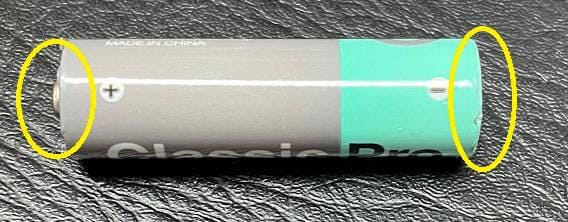
For example, it is often required to use two or four AA or AAA batteries.
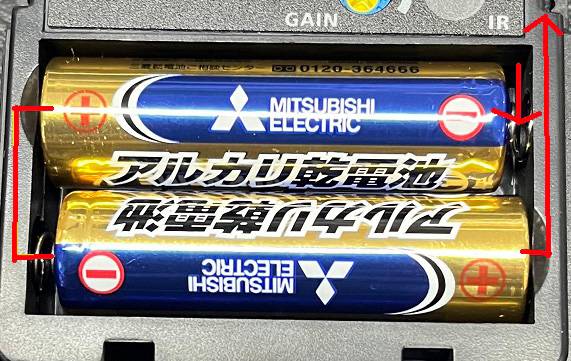
The red lines indicate that one side of the + and - poles of the battery are connected internally in most cases. The current going out of the + goes through the device and returns to the - to make the device work. If either one of these + or - is interrupted, the device will not work. Many of you may have had the experience of putting the batteries in backwards and the machine did not work.
Now let’s take a look at the adapter plug.
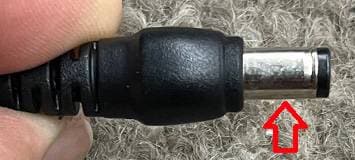
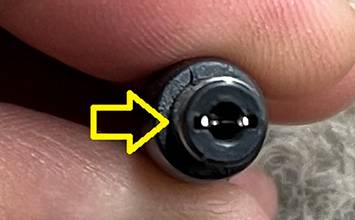
There is metal on the outside and also inside the hole. These two metal parts are insulated (never to come into contact with each other) inside, and these are the + and - terminals.
This is what it looks like when measured with a multimeter.
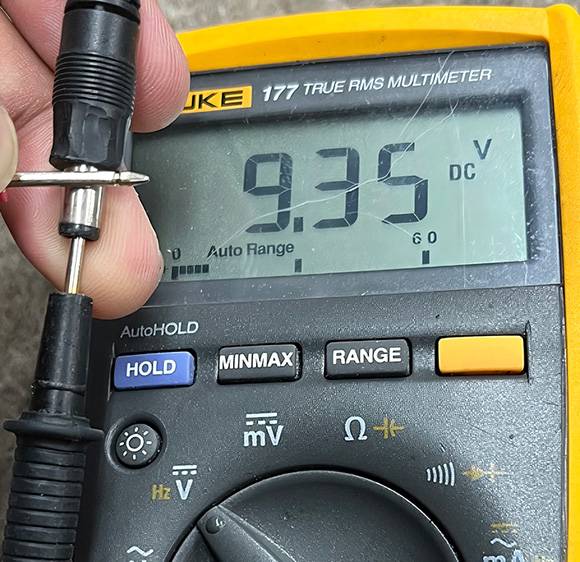
The black test lead wire on the tester is negative, so if you insert it in the hole and make contact on the outside with the red test lead wire, you will see that 9V is measured and it is center negative.
If you reverse this, you will see...
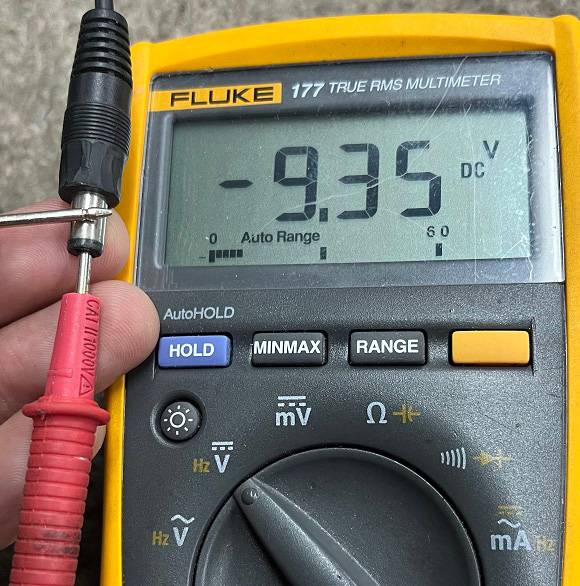
“What the heck is -9V?” You may be thinking this but don’t worry about that yet.
The terminal inside like this is called a center minus adapter.
“So there’s also a center plus?!” Of course there is.
I think the only machines that use center minus as a standard are guitar pedals. Most machines in the world use center plus. Some pedals are also center-plus.
What do you think will happen if you connect a center negative adapter to a pedal that needs a center positive connection or vice versa?
The pedal will not work.
Not only that, but the effects pedals you shed blood, sweat, and tears to earn the money to buy are now...
Completely busted in an instant!!!!!
”I ran out of adapters for my pedals, so I’ll just grab the adapter for this vacuum cleaner!” Don’t EVER!!! do this.
By the way, it’s easy for repairmen to see when inspecting the inside of something that was broken by connecting a +/- adapter incorrectly, and this failure is not covered under warranty by any manufacturer.
Hey you complaining over there, “I don’t have a multimeter and I don’t know which is + and which is -!”
The adapter has specifications written on it, and there is always a diagram showing whether the center is positive or negative.
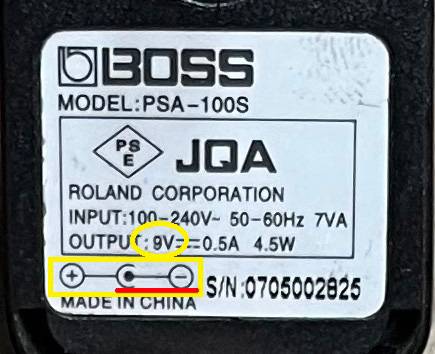
↑This is the center minus
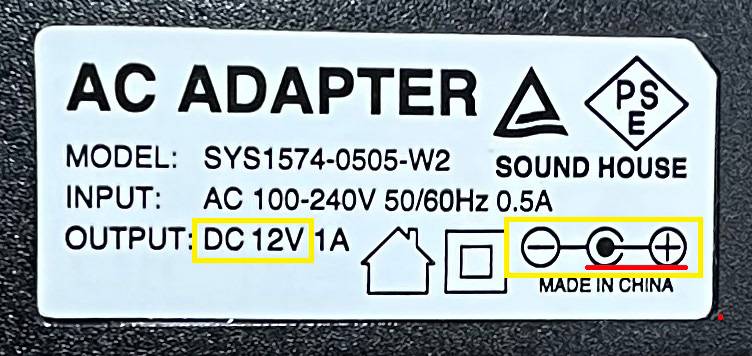
↑This is the center plus
It’s easy to understand and see. The figure shows whether the middle is + or -.
I marked 9V and 12V in the pictures above. I will explain more on this next time, but for now, please keep in mind that using an adapter with a higher value than indicated on the device will break it.
To be continued in the next issue!





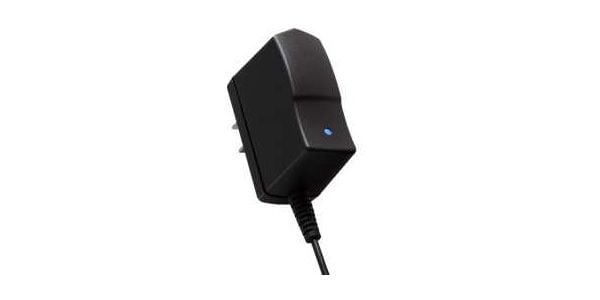
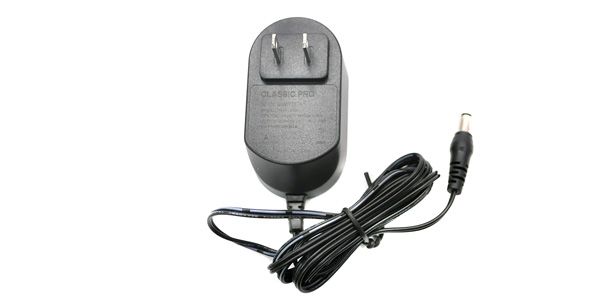
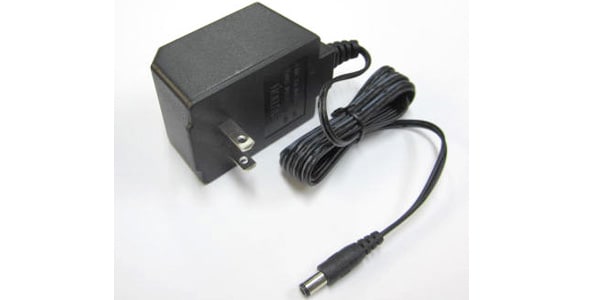




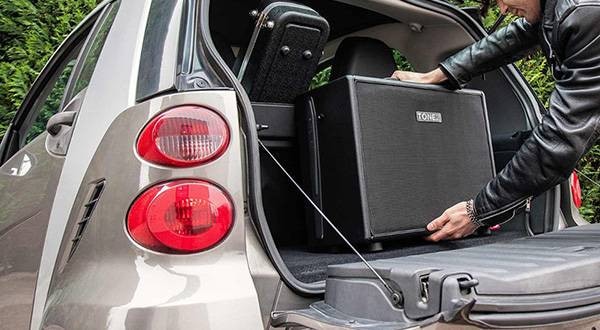
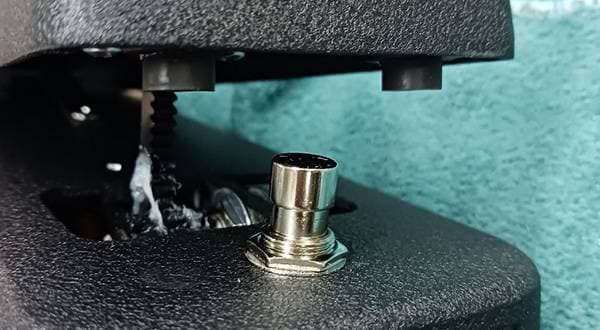
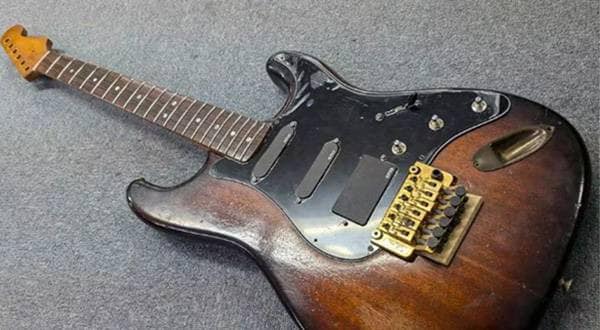
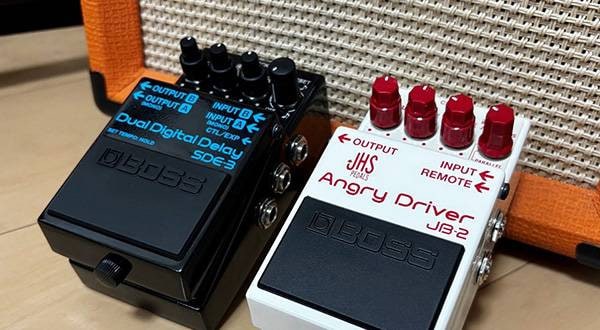
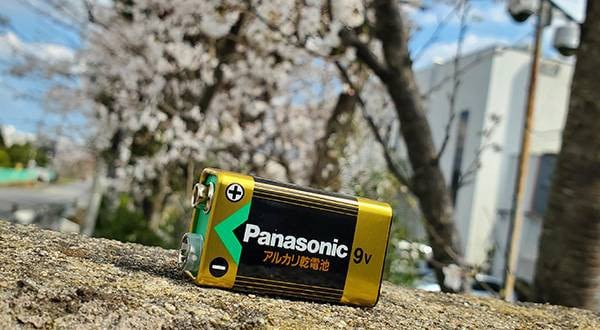
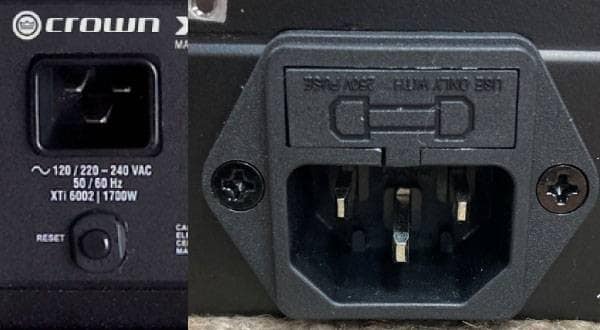
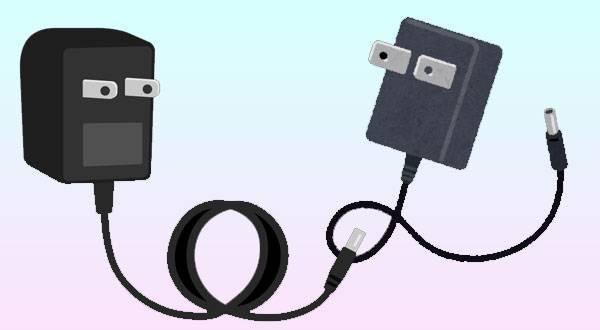
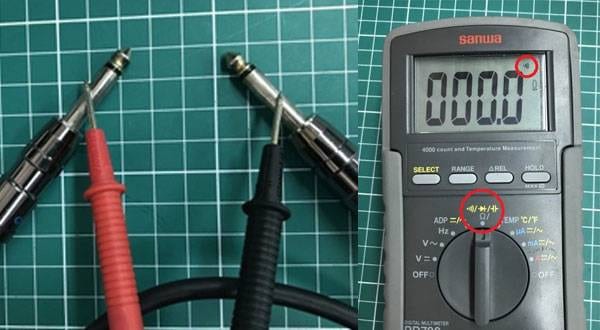
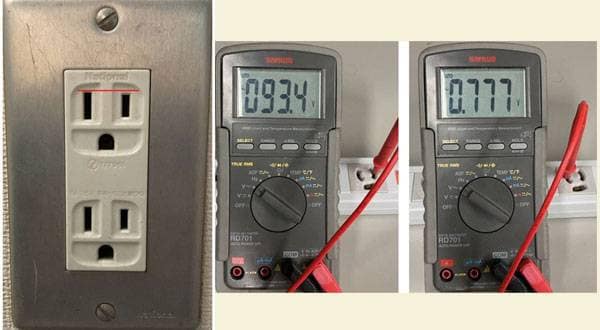
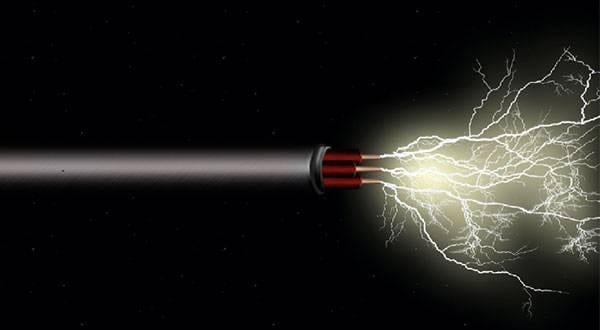
![[For Beginners] 6th Edition The Jewel Found Underfoot: A Slightly Nerdy Lecture on Effects Power Supply Adapters](/contents/uploads/thumbs/2/2019/9/20190906_2_7511_1.jpg)
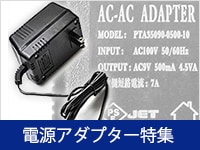 電源アダプター特集
電源アダプター特集
 【初心者向け】エフェクター講座
【初心者向け】エフェクター講座
 停電時にパソコン、作曲データを守る!!
停電時にパソコン、作曲データを守る!!
 あなたのエフェクターボード見せてください
あなたのエフェクターボード見せてください
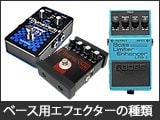 ベース用エフェクターの種類
ベース用エフェクターの種類
 エフェクターの種類
エフェクターの種類















